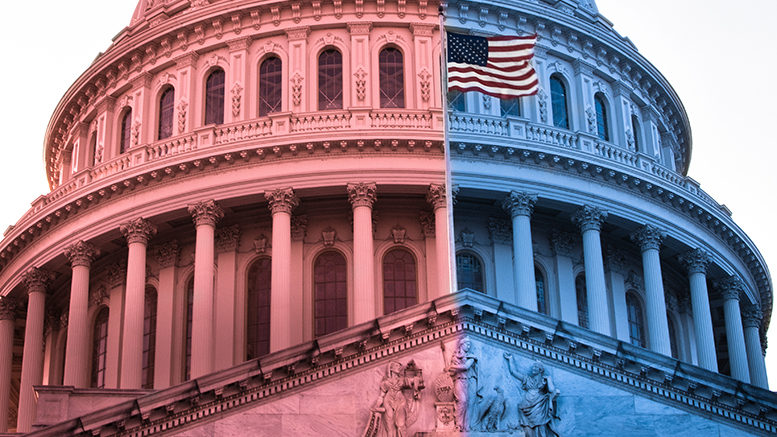The Biden administration is encouraging community colleges to join local and state efforts to implement the Bipartisan Infrastructure Law (BIL) that will infuse massive amounts of federal funding for construction, broadband and electrification.
On Thursday, the White House hosted an hour-long webinar that featured speakers from five federal agencies — the departments of Education, Labor, Energy, Transportation and Agriculture — who discussed BIL-related programs in their agencies that community colleges could plug into.
President Joe Biden signed the legislation nine months ago, and more than $110 billion has already been awarded through BIL mainly to states and local governments, so far funding more than 5,000 projects, said Asma Mirza, the White House’s deputy for infrastructure implementation management. But federal officials realize that BIL will only work as planned if it has a skilled workforce, which is where community colleges come in.
“We don’t want to have this amazing, historic investment in infrastructure only to find these projects can’t be built because we don’t have good people on the ground ready and willing to do the work,” she said at the start of the webinar.
Equity and partnerships
Also emphasized was the intention of equity in the legislation. Speakers noted that BIL is not only designed to modernize and expand the country’s infrastructure, but it also aims to create good-paying jobs and careers, especially for those who traditionally haven’t worked in those sectors, such as people of color and women.
Officials on the webinar stressed the importance of partnerships in making BIL successful. Jennifer Mishory of the Office of the First Lady at the White House cited Dr. Jill Biden’s visit last month to Boston to see a partnership developed among Bunker Hill Community College, two unions and a local utility company.
“It’s those intentional partnerships — the ones that take thoughtful planning, that truly support students, and that connect to jobs that pay a good wage — that will scale our infrastructure workforce,” Mishory said.
DOT details
The depth of the details presented at the webinar varied. While Labor Department officials provided a general overview of the importance of a skilled workforce to the legislation, the Department of Transportation (DOT) dove into details about specific programs that community colleges can connect with. DOT’s Paige Shevlin observed that infrastructure and transportation account for 11% of all U.S. jobs, and that the new law will add millions of new jobs beyond construction, such as management, logistics, operations, information technology and more.
Shevlin noted that much of DOT’s funding through the legislation can be used on workforce development and education, if they are related to jobs on a project. States, for example, can use all of their major highway funding on workforce development — about $50 billion per year, she said. BIL also specifically added eligibility for support to community colleges and vocational schools in addition to four-year universities, as well as apprenticeships, pre-apprenticeships and on-the-job training, she said.
For example
Shevlin highlighted some projects with community college partnerships. The public transit system in San Bernardino, California, will receive funding to buy fuel cell electric buses, build a hydrogen refueling station, and launch a comprehensive workforce development program, including training and a new apprenticeship program in partnership with San Bernardino Valley College. In Kentucky, the transit authority in Louisville will use BIL funds to buy up to six battery-powered buses and develop a new charging infrastructure. It will work with Jefferson Community and Technical College, local unions and other partners to support opportunities stemming from the project.
Several of the presenters encouraged colleges to connect with employers that will likely be involved in state and local projects using BIL funding to determine their training needs and to develop programs. Colleges can work with unions, for example, to create local registered apprenticeships that would pay workers while they learn on the job. The partnerships can then present those programs to show state and local officials how they fit into their BIL-funded projects.
Education Department officials also encouraged community colleges to join the Talent Pipeline Challenge, which aims to create a network of partnerships that includes businesses, training providers and other stakeholders to build, scale or support local training efforts to recruit, train or hire workers for infrastructure-related jobs.

